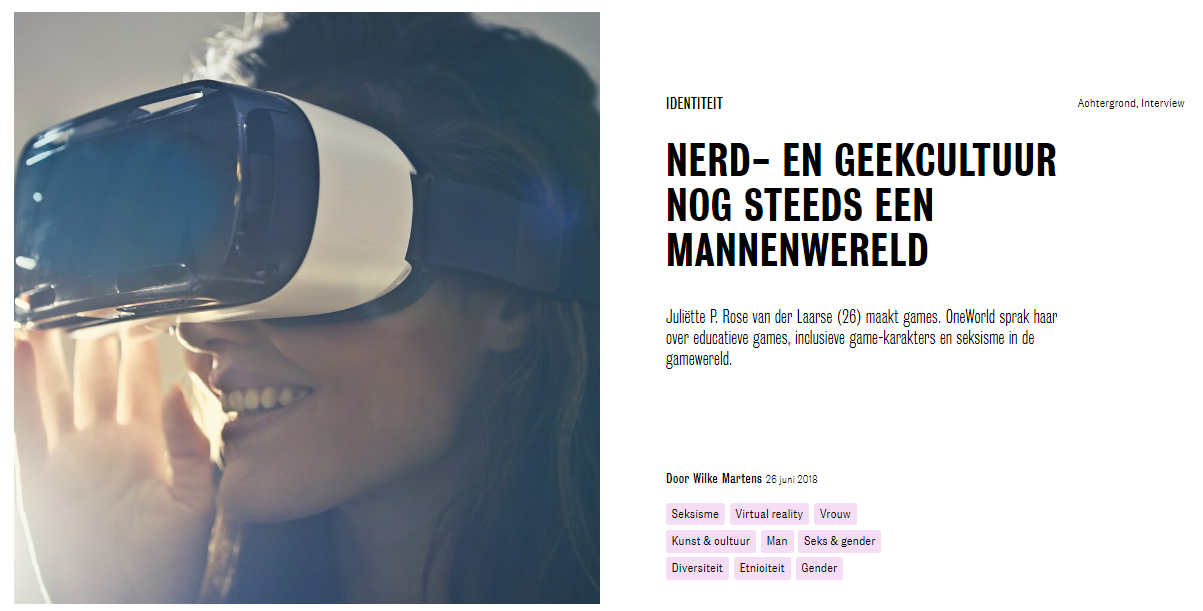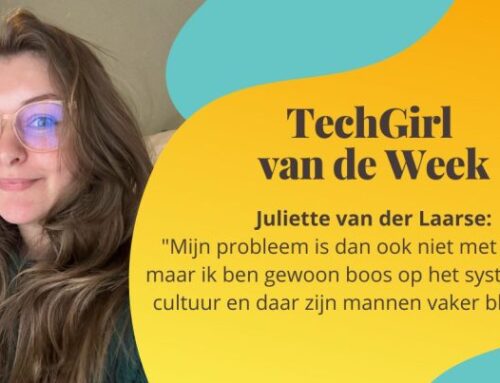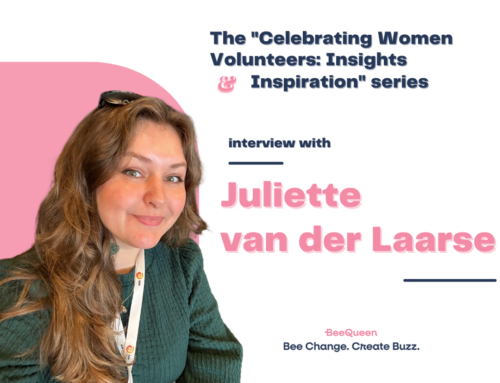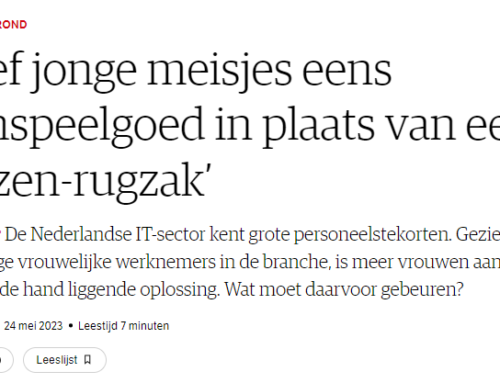On June 26th, 2018, OneWorld published an interview with me about educational games, inclusive game characters, and sexism in the game industry. Although it wasn’t officially my first interview, it felt like the one that truly introduced me to the media, launching my story and leading to more and more media and news outlets reaching out. It is the interview that started it all. This milestone, like many things in life and business, was all thanks to networking.
When I first launched my startup, I was working from a small coworking space in Leiden. It was conveniently close to the university, allowing me to combine working on my startup with attending lectures. We occupied a small room that barely fit four desks. The coworking community was vibrant, including not only (aspiring) startup founders but also various freelancers who needed a place to work and enjoyed the company.


It was in this community that I met Wilke Martens, a freelance journalist who frequently worked at one of the flex desks in the open workspace. We often chatted, got coffee, or had lunch together. During these conversations, I shared my experiences as a woman in IT, and more specifically back then, in Game Development.
We stayed in touch as my company grew, evolved, and eventually started developing ScienceTales. Wilke followed my journey through LinkedIn and other social media where we stayed connected. When she learned about our mission for inclusivity in our educational game, she reached out: this would be an interesting topic to write about, and she knew just the platform that might be interested in such a story.
We discussed the topic, and she pitched it. OneWorld was excited to publish it.
Her interview gave me the platform to talk about my vision regarding inclusivity and diversity, the project we were working on, and the game industry in general. I felt truly heard. Being a popular media platform among progressive groups—where awareness for the need for diversity has always been ahead of its time—my article quickly gained traction. It put me, my story, and my vision into the public eye.
I am forever grateful for the platform that Wilke gave me through this interview. It was a turning point that opened many doors and allowed me to share my message with a broader audience.
Article & Translation
On June 26th, 2018, OneWorld published an interview with me about educational games, inclusive game characters, and sexism in the game industry. Although it wasn’t officially my first interview, it felt like the one that truly introduced me to the media, launching my story and leading to more and more media and news outlets reaching out. It is the interview that started it all. This milestone, like many things in life and business, was all thanks to networking.
When I first launched my startup, I was working from a small coworking space in Leiden. It was conveniently close to the university, allowing me to combine working on my startup with attending lectures. We occupied a small room that barely fit four desks. The coworking community was vibrant, including not only (aspiring) startup founders but also various freelancers who needed a place to work and enjoyed the company.

It was in this community that I met Wilke Martens, a freelance journalist who frequently worked at one of the flex desks in the open workspace. We often chatted, got coffee, or had lunch together. During these conversations, I shared my experiences as a woman in IT, and more specifically back then, in Game Development.
We stayed in touch as my company grew, evolved, and eventually started developing ScienceTales. Wilke followed my journey through LinkedIn and other social media where we stayed connected. When she learned about our mission for inclusivity in our educational game, she reached out: this would be an interesting topic to write about, and she knew just the platform that might be interested in such a story.
We discussed the topic, and she pitched it. OneWorld was excited to publish it.
Her interview gave me the platform to talk about my vision regarding inclusivity and diversity, the project we were working on, and the game industry in general. I felt truly heard. Being a popular media platform among progressive groups—where awareness for the need for diversity has always been ahead of its time—my article quickly gained traction. It put me, my story, and my vision into the public eye.
I am forever grateful for the platform that Wilke gave me through this interview. It was a turning point that opened many doors and allowed me to share my message with a broader audience.
Article & Translation





